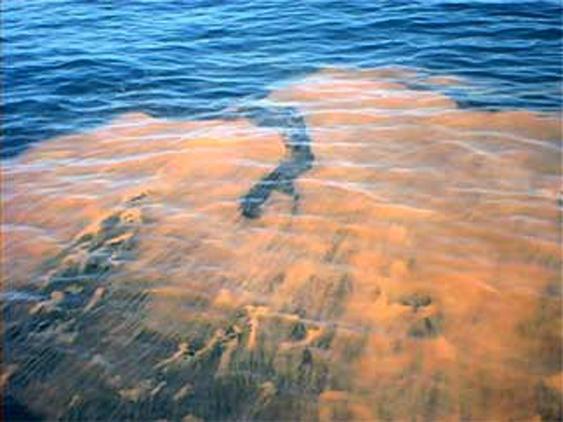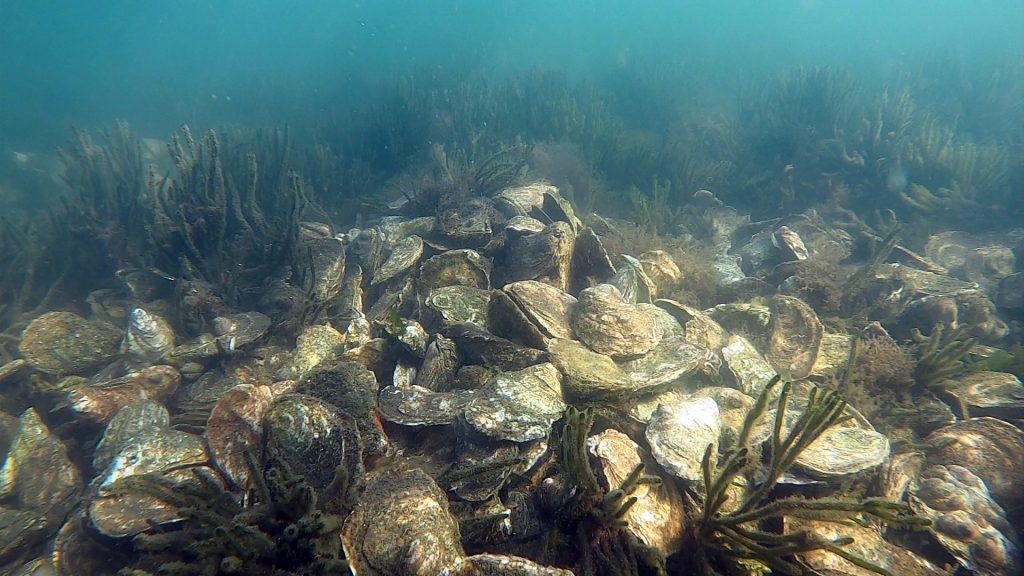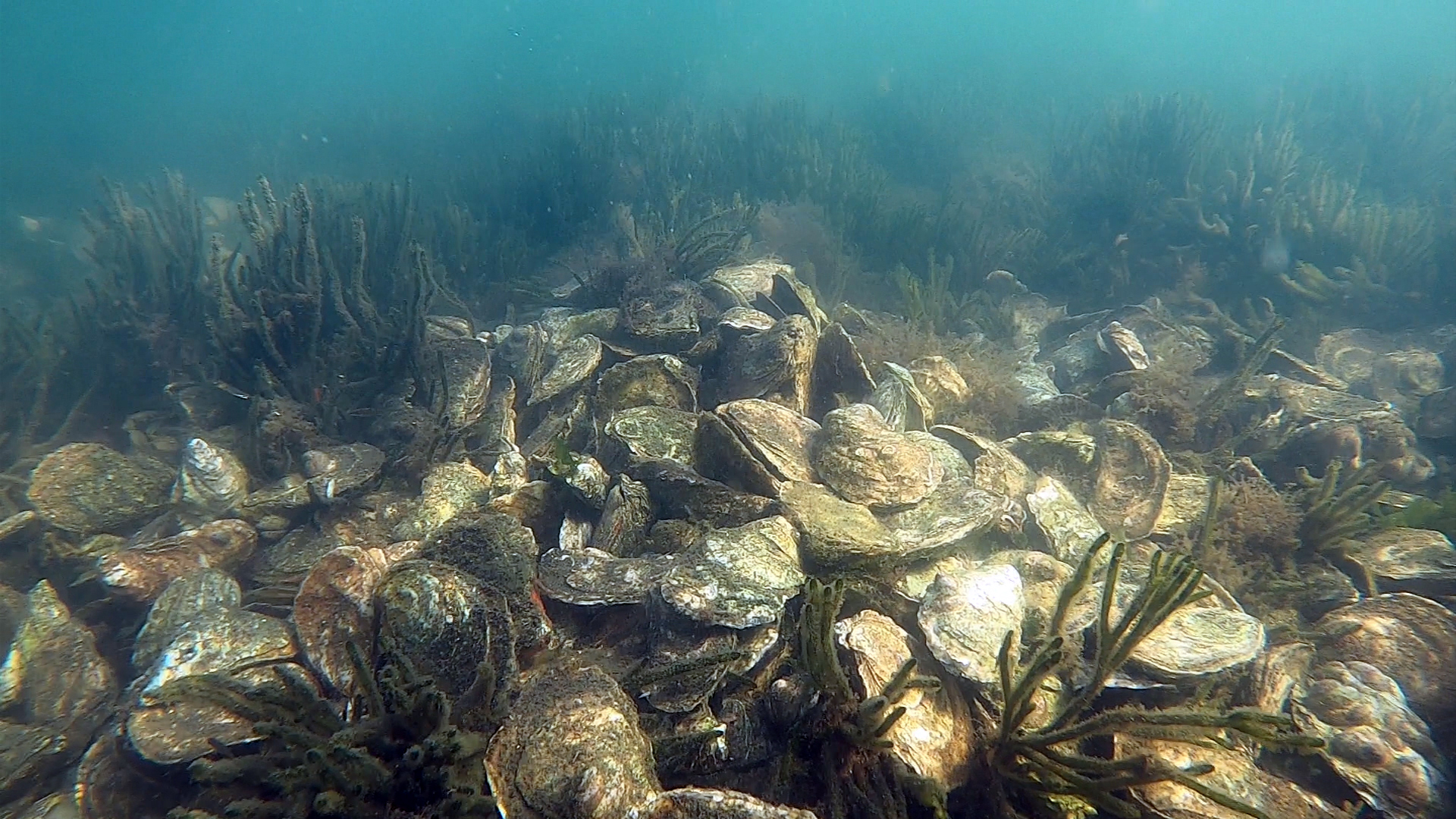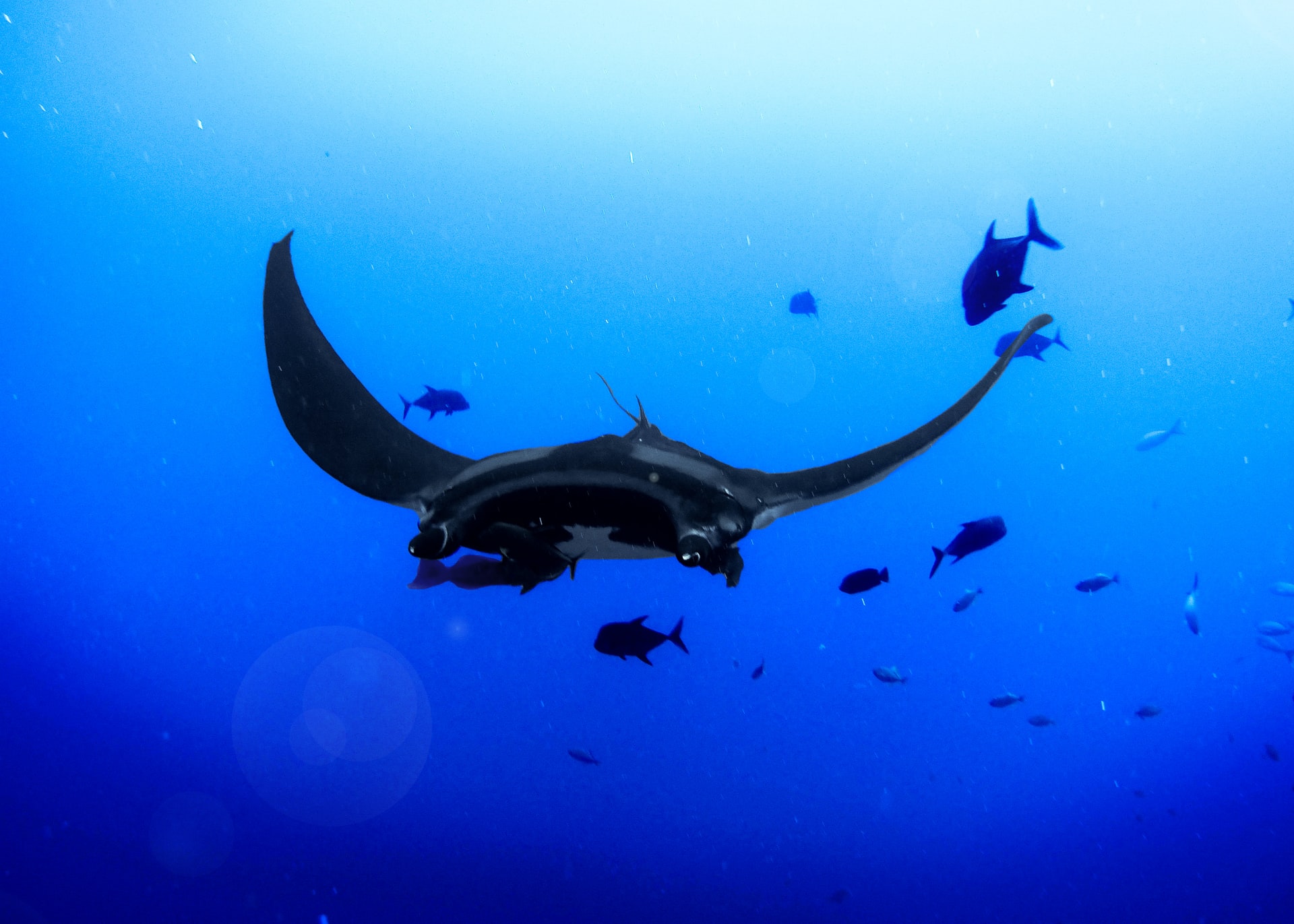Coffin, M.R.S., Clements, J.C., Comeau, L.A., Guyondet, T., Maillet, M., Steeves, L., Winterburn, K., Babarro, J.M.F., Mallet, M.A., Hache, R., Poirier, L.A., Deb, S., & Filgueira, R. 2021. The killer within: Endogenous bacteria accelerate oyster mortality during sustained anoxia. Limnol. Oceanogr. 9999: 1-16. Doi: 10.1002/lno.11798
Eutrophication and Hypoxia
Humans are altering the oceans in many ways, from overfishing and climate change to plastic and chemical pollution. Many of impacts are common knowledge, but one lesser-known problem the ocean faces is eutrophication. Eutrophication is when there is too much of nutrients like nitrogen or phosphorous in the ocean. While these nutrients are necessary for life, too much of them can negatively impact marine ecosystems.

Because the phytoplankton in the ocean need nutrients like nitrogen and phosphorous to grow and reproduce, their numbers increase when excess nutrients enter the ocean. This is what causes large phytoplankton blooms. However, when all these phytoplankton die, they are eaten by bacteria in the ocean. In the process of eating the dead phytoplankton, the bacteria also use up oxygen in the water. The excess input of nutrients in the water indirectly leads to less oxygen in the water (hypoxia) or even no oxygen in the water (anoxia) because of bacterial consumption of animals like phytoplankton. This lack of oxygen can cause many other animals in the ocean to die. Eutrophication and its consequence, hypoxia, are happening more and more in coastal waters because human waste and agricultural runoff puts excess nutrients into the ocean.
Hypoxia and anoxia are particularly problematic for animals like oysters that live at the bottom of the ocean and can’t physically move away from the nutrient polluted areas. Oysters can cope with low levels of oxygen in the water by closing their shells and reducing their metabolism, but can die when oxygen levels stay too low for too long. Researchers in Canada started investigating a mass die-off of oysters in New Brunswick which was surprising since the oyster species, the Eastern Oyster, is known to be resilient to low oxygen conditions. The scientists set out to determine if the oysters had in fact died due to lack of oxygen, or if there were bacteria in the anoxic waters that also contributed.
How do you test how lack of oxygen affects oysters?
To test this question, researchers set up experiments exposing eastern oysters to waters with various combinations of different levels of oxygen and lack or presence of bacteria, which they controlled with antibiotics. They kept oysters in tanks supplied with water and food and measured how long it took for the oysters to die, and they also looked at how healthy oyster tissues were after death and whether there were any bacteria visible in the tissues.

Lack of oxygen kills oysters- but that’s not the whole story
Under anoxic conditions, all the oysters eventually died as expected because oxygen is necessary for oysters to maintain their metabolism long term. What was surprising, however, was the fact that oysters that were kept in anoxic waters that was also treated with antibiotics lived about twice as long as oysters in anoxic water that wasn’t dosed with antibiotics. In addition, oysters in the antibiotic water treatment had healthier tissues than the oysters in the other treatment group. Researchers also saw little to no evidence of bacteria present in the oysters from antibiotic treated waters, compared to oysters in the non-antibiotic group.
So what does this mean? The study showed some evidence that when oysters die during prolonged anoxia it might not be entirely due to the low oxygen in the water. Oysters in all anoxic experiments did eventually die, because when there’s no oxygen oysters use up their energy reserves and can’t complete some of their normal biological functions. However, because the oysters in the group that was kept in antibiotic-treated water lived longer and had healthier tissues than the others, the authors concluded that there might be certain bacterial species that contribute to oyster death when there’s little to no oxygen in the water. Bacteria don’t always need oxygen like animals, so there could be different species of bacteria that thrive in low oxygen water and harm animals like oysters.
Eutrophication and hypoxia pose a threat to many marine organisms. Based on results from this experiment, bacteria might also be contributing to oyster deaths that had previously only been linked to lack of oxygen. This study shed some light on why even hypoxia-resilient oysters may die during low-oxygen events, and will help other scientists investigate in more detail how we might be able to reduce hypoxia and anoxia related deaths in these animals.
I’m a PhD student in Oceanography at the University of Connecticut, Avery Point. My current research interests involve microplastics and their effects on marine suspension feeding bivalves, and biological solutions to the issue of microplastics. Prior to grad school I received my B.S in Biology from Gettysburg College, and worked for the U.S Geological Survey before spending two years at a remote salmon hatchery in Alaska. Most of my free time is spent at the gym, fostering cats for a local rescue, and trying to find the best cold brew in southeastern CT.


